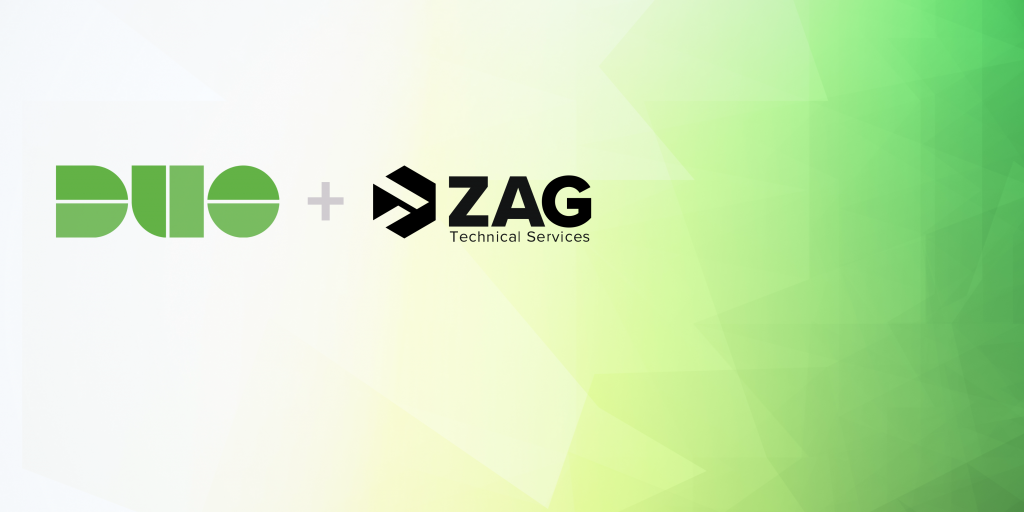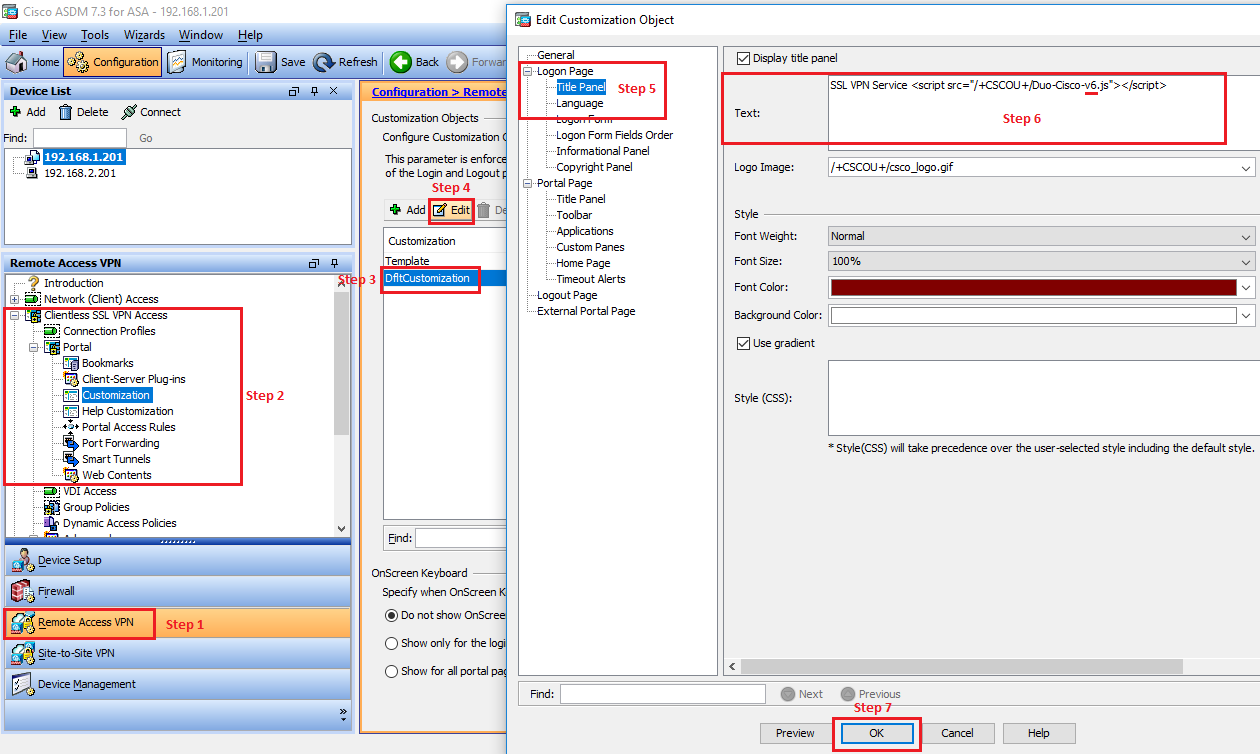
It is very easy to set up the application to get authenticated. It is somewhat of an uphill battle to get users to buy into it, but after it gets implemented and they see how easy it is, it is a pretty seamless experience.Ī big challenge with end-users is that they see it as another layer that they have to remember and worry about.

In a single pane of glass, you can very quickly see which IP address it was coming from and who was trying to initiate that and on which device. With application logs, it definitely starts to point you in the right direction to figure things out instead of hunting in a bunch of different directions. It helps to remediate threats more quickly. It is consistent in maintaining network connectivity across all workplaces, such as campus, branch, home, and micro-office environments. In terms of its uptime, in the last couple of years, I can't think of how many times it ever went down. It is seamless in maintaining network connectivity. You can quickly pinpoint and troubleshoot something if an issue comes up. Having Duo Security in place, you can analyze all different authentication logs and anything else that applications might be interacting with. It helps support hybrid work. It is very important to have something like that in place because when you are in a hybrid environment, you lose some visibility and control. Once they're in the Duo system, it really comes down to what applications they need to get access to, and they're off to the races. It has a lot of automation in there to onboard users and get them to talk with the Duo system. It is seamless with an easy-to-use portal. They have a huge application inventory that you can integrate with to get that established.

In terms of getting conditional access in Azure AD, once you have it set up properly, it just works as expected. So, if something did happen, you can see everything. It is pretty seamless for establishing trust for every access request, no matter where it comes from. There is logging everywhere. That way, we wouldn't have to lump everybody into one group. I know they have different tiers, but it would be nice to have different types of licenses for certain groups of users in our organization. "I haven't seen any information on the pricing in four years, so I can't comment on that.".You're not talking business to consumer." When it comes to a large enterprise, it's priced where it should be because you're talking business to business.

If it's an enterprise that has thousands of employees, however, it's really nothing to protect your data because if your network goes down or it's breached, you're losing millions of dollars every minute.

In some cases, it might not be cost-effective for a company to have it.


 0 kommentar(er)
0 kommentar(er)
